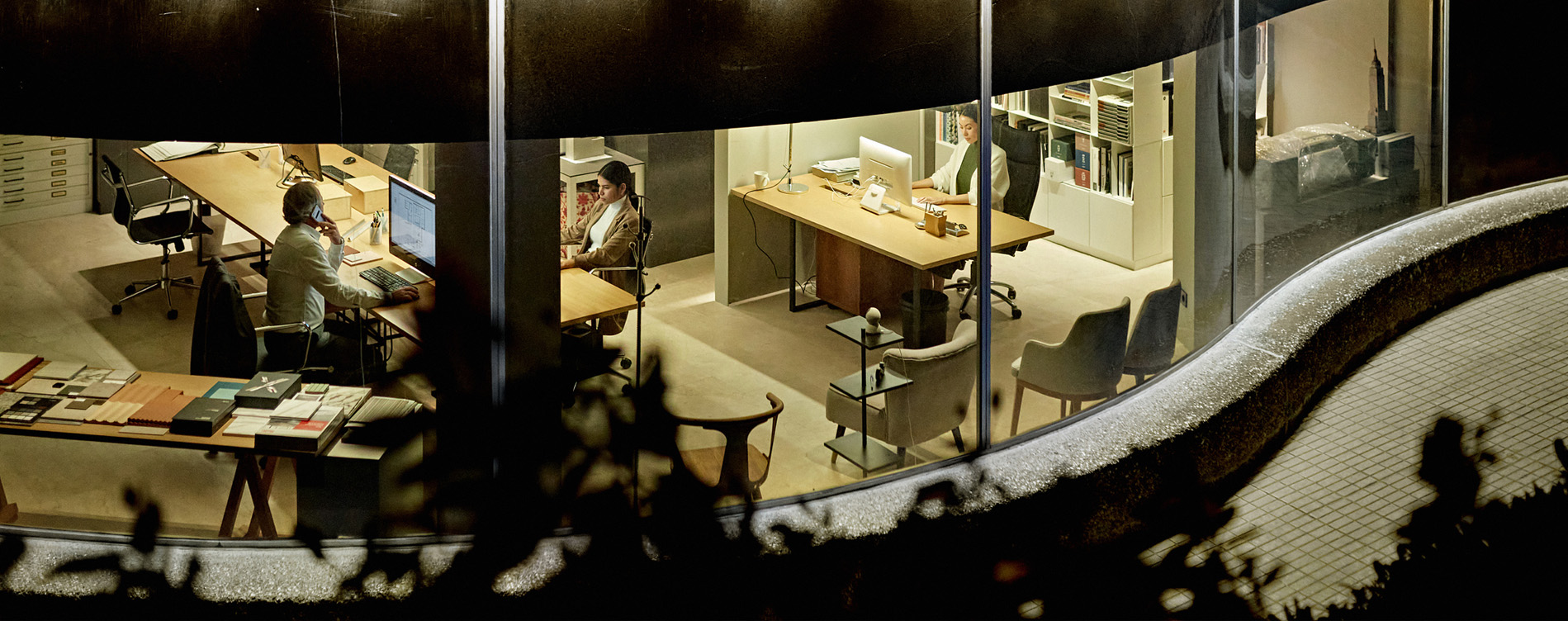New variants reinvigorate Wi-Fi for a new generation of IoT applications
Wi-Fi use cases have always been constrained by the coverage area that the technology supports but more options are now available, including Wi-Fi HaLow which offers range of more than one kilometer. The technology combines low power consumption with long range and strong penetration plus high security, making it ideal for a new generation of IoT devices. HaLow is ideal for sprawling industrial sites, agricultural fields smart cities, buildings and offices. The extended range means that fewer access points need to be thereby allowing for reduced infrastructure costs and complexity.
Lower-frequency signals also have a greater ability to penetrate walls and other obstructions. This characteristic combined with HaLow’s narrow channels make the technology particularly suitable for providing reliable indoor coverage, which is essential for smart home applications, such as security systems, thermostats and smart appliances. However, for outdoor environments, cameras for example, can be supported by HaLow, as it provides better range and penetration over trees, concrete and other obstacles. This capability could be used to monitor a wide range of sensors on a farm or to help manage multi-dwelling units, including underground car parking structures.
HaLow occupies a performance sweet spot, offering up to 78Mbps capacity over short distances with 150Kbps achievable at up to 1km. This makes it a real alternative or complementary technology to LoRaWAN, Zigbee, Bluetooth Low Energy (BLE), and even narrowband-IoT (NB-IoT). Importantly, the data rate is sufficient for streaming video, sending images or performing firmware upgrades over the network, setting HaLow apart from LoRa, Sigfox and NB-IoT. Quectel has found in its own testing in an open area that performance of 540Kbps at a distance of 2km with 4MHz bandwidth is possible. At 1km distance under the same conditions a data rate of around 2.65 Mbps can be achieved.
More solutions to reinvigorate Wi-Fi coverage for applications
HaLow is not the only option for enhanced Wi-Fi coverage. Wi-Fi 6 and Wi-Fi 6E offer improved coverage and node density and lower power consumption than Wi-Fi 5, while Wi-Fi 7 goes even further, introducing features such as multi-link operation (MLO) and 320MHz channel bandwidth. Those attributes enable support for ultra-low latency, high speed apps such as augmented and virtual reality (AR and VR) and cloud computing.
Deciding which to select ultimately depends on your use case. Striking the optimized balance between performance, range, features and cost will enable developers to make the best decision between the technologies. To help you make your decision, Quectel has released a new Masterclass titled ‘How to choose between Wi-Fi 6, Wi-Fi 7 and Wi-Fi HaLow’. The Masterclass details each of the technologies’ key attributes.
It explains how Wi-Fi 6 and 6E are the current standard for high-density networks, how Wi-Fi 7 is enabling next generation Wi-Fi performance and explains how HaLow extends Wi-Fi’s range for more than one kilometer.
Presented by Lazaros Kapsias, Wi-Fi Product Manager EMEA at Quectel, and Brandon Oakes, Director of Sales for Short Range and GNSS, North America at Quectel, the Masterclass details Quectel’s portfolio and helps you decide which variant to adopt for your next innovation.
View the Masterclass: ‘How to choose between Wi-Fi 6, Wi-Fi 7 and Wi-Fi HaLow’.

